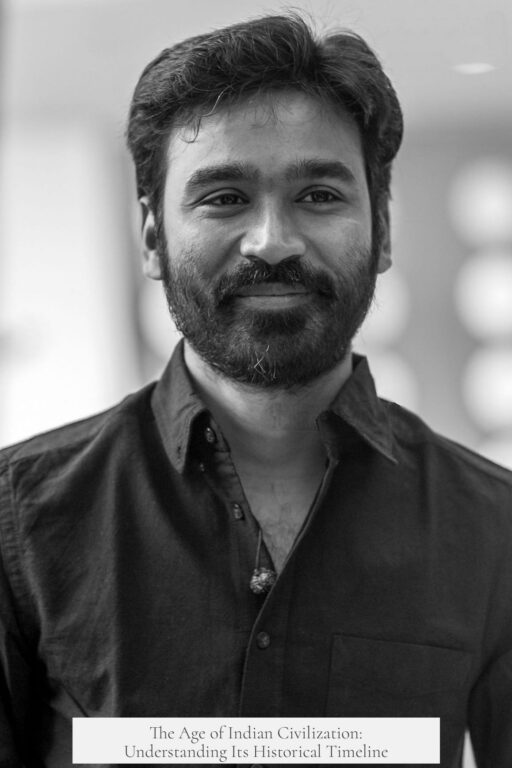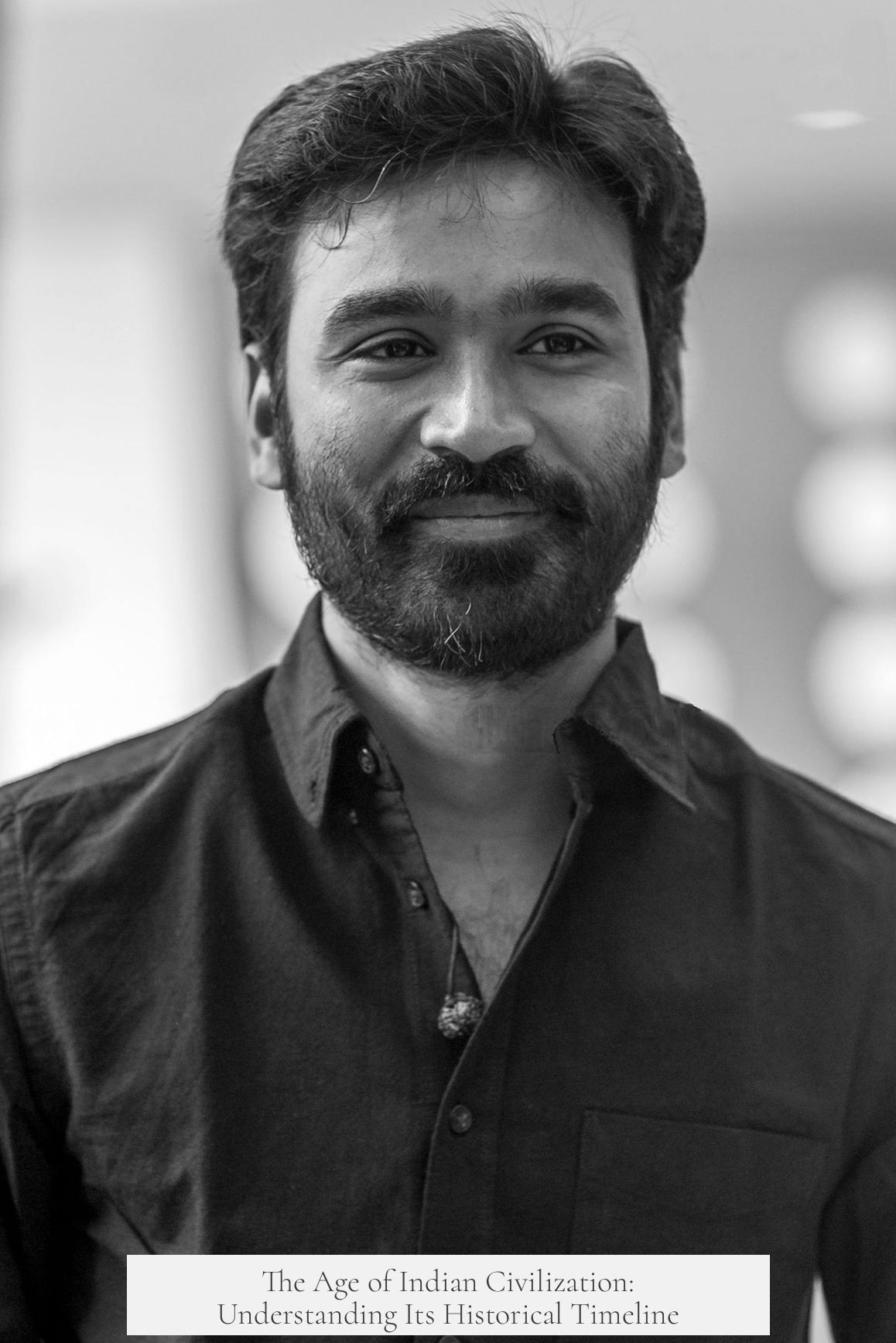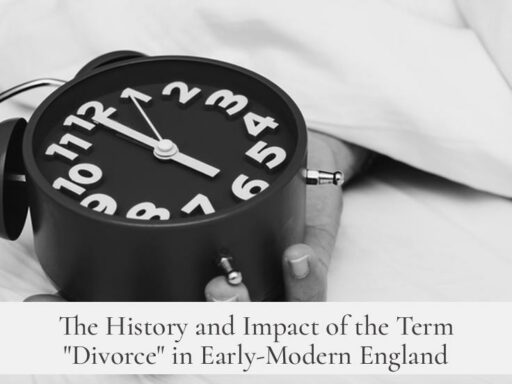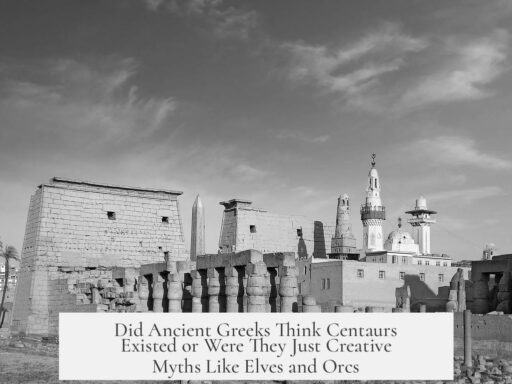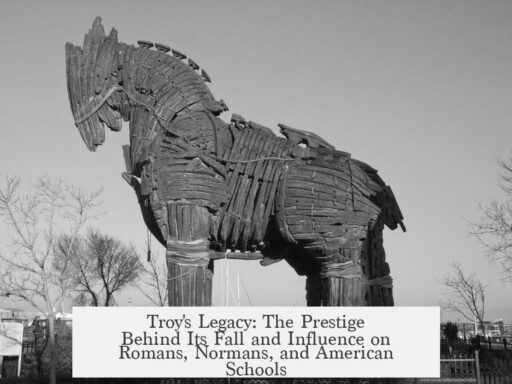Indian civilization is one of the world’s oldest, with human presence in the region dating back hundreds of thousands of years, but the concept of “Indian civilization” varies depending on definitions and cultural perspectives. Early human ancestors lived in India around 500,000 years ago. Anatomically modern humans arrived between 73,000 and 55,000 years ago. Settled agriculture began around 9,000 years ago, leading to urban civilizations like the Indus Valley Civilization by approximately 3000 BCE. The Vedic period, which shaped much of historic Indian culture, started around 1500 BCE. Thus, Indian civilization’s roots stretch back dozens of millennia, layered with evolving cultures and languages.
Tracing the age of Indian civilization requires understanding what “India” and “Indian” mean. The idea of a unified India or “Indian” identity is modern, largely shaped by colonial-era borders and nationalism. Ancient kingdoms and cultures did not conceive of “India” as a single entity. The name itself derives from a Sanskrit term but was adopted by Latin and Persian influences. Indian civilization used to be better described as a fluid, changing set of cultures across the subcontinent rather than a fixed nation.
Human ancestors ventured into the Indian subcontinent about 500,000 years ago, with Homo erectus or Homo heidelbergensis fossils discovered in central India’s Narmada Valley. Modern Homo sapiens entered between 73,000 and 55,000 years ago via migration routes from Africa through the Arabian Peninsula.
These early humans lived as hunter-gatherers. The transition to settled agriculture began near present-day Baluchistan around 6500–7000 BCE, as seen at Mehrgarh. Agricultural practices may have been influenced by West Asian farming but were locally adapted, enabling early villages.
By about 3000 BCE, the Indus Valley Civilization (IVC) emerged as a Bronze Age urban culture, covering parts of modern Pakistan and northwest India. IVC cities like Harappa and Mohenjo-Daro had advanced sanitation, trade networks, and writing systems yet left few clear links to later Indian states. The IVC likely spoke a Dravidian language, but its connection to South Indian Dravidian cultures is uncertain. After the decline of the IVC around 1900 BCE, there is a cultural gap before the rise of Vedic culture.
The Vedic period began roughly around 1500 BCE with groups speaking early Sanskrit migrating into northern India. Vedic texts like the Rig Veda were composed orally before being written down centuries later. This period saw the development of ritual practices, social structures such as varnas (castes), and early kingdoms. While the Indo-Aryan migration is key to this culture’s origins, these peoples were initially semi-nomadic before establishing settled states.
From 6th century BCE onward, Indian kingdoms grew more complex, culminating in empires such as the Maurya (321–185 BCE) and Gupta (4th–6th centuries CE). These empires marked a classical age of political unity, cultural achievements, and religious evolution. Buddhism and Jainism arose as ascetic movements challenging Vedic orthodoxy. Hinduism also developed by synthesizing Vedic and local traditions.
Oral tradition complicates dating early texts and events, as most religious and historical narratives were passed down orally until writing appeared around the 3rd century BCE. Linguistic and archaeological methods help approximate timelines, but uncertainty remains. Legends such as Ramayana claim events thousands of years older than current archaeological evidence. These form part of cultural memory rather than fixed chronology.
Genetic research reveals India as a highly diverse region, reflecting layers of ancient migrations, isolation, and endogamy. Modern scholarship suggests human presence and cultural complexity in South Asia extend as far back as 80,000 years, far predating the commonly taught 5,000-year timeline for Indian civilization’s origins.
| Period | Approximate Dates | Notes |
|---|---|---|
| Early Hominins (Homo erectus/heidelbergensis) | ~500,000 years ago | Fossils found in Narmada Valley, central India |
| Modern Humans Arrival | 73,000 – 55,000 years ago | Migration from Africa via Arabian Peninsula |
| Neolithic Settlements and Agriculture | ~9000 – 6500 BCE | Mehrgarh, Baluchistan, early farming cultures |
| Indus Valley Civilization | ~3000 BCE – 1900 BCE | Bronze Age urban centers, undeciphered script |
| Vedic Period | 1500 BCE – 500 BCE | Composition of Vedas, Indo-Aryan migrations |
| Maurya Empire | 321 BCE – 185 BCE | First large empire, Ashoka’s reign and Buddhism |
| Gupta Empire | 4th – 6th century CE | Classical Age, cultural and scientific achievements |
The timeline of Indian civilization is layered, with no singular start date. Early human occupation spans over half a million years. The oldest organized settlements are roughly 9,000 years old. The first urban civilization is the Indus Valley Civilization dating back over 4,500 years. Vedic and Sanskritic culture arise later, forming the base of classical Indian civilization.
Scientific consensus situates Indian civilization’s origins deep in prehistory, blending archaeological, linguistic, and genetic evidence. The modern conception of India is recent, but cultural traditions and human presence in the region trace back tens of thousands of years. Popular claims asserting Indian civilization’s age at 80,000 years refer primarily to human habitation, not the continuity of complex civilization as conventionally understood.
- Human fossils in India date back ~500,000 years; modern humans arrived ~70,000 years ago.
- Neolithic farming communities emerged ~9,000 years ago, starting settled life.
- Indus Valley Civilization (~3000–1900 BCE) is the first major urban culture in the region.
- The Vedic period (1500–500 BCE) introduced Sanskritic culture and religion.
- Classical Indian empires like Maurya and Gupta shaped politics and culture from 4th century BCE onward.
- Modern national identity “India” is recent; cultural identity has evolved over millennia.
- Dating early religious texts is difficult due to oral transmission and later writing.
What is considered the earliest evidence of civilization in the Indian subcontinent?
Agriculture at Mehgarh around 6500 BCE marks early civilization signs. Urbanization likely started by 5000 BCE, especially in regions like Balochistan.
How old is the Indus Valley Civilization and what makes it important?
The Indus Valley Civilization began around 3000 BCE and lasted until mid-2nd millennium BCE. It is the first major Bronze Age urban civilization in South Asia but shows unclear links to later Indian cultures.
When did the Sanskritic and Vedic civilizations emerge?
Sanskritic kingdoms emerged by the 6th century BCE. Vedic culture, linked to Indo-Aryan migrations, dates back to the late 2nd millennium BCE with texts like the Rig Veda.
Is there a direct connection between the Indus Valley Civilization and later Vedic cultures?
No clear evidence connects the two. The Vedic culture’s Indo-Aryan groups likely arrived after the decline of the Indus Valley Civilization, making the connection indirect at best.
How recent is the idea of a unified Indian civilization or nation?
The concept of India as one nation or a single civilization is modern. Historically, “India” or “Bharata” was a fluid cultural idea, changing across time and regions.
